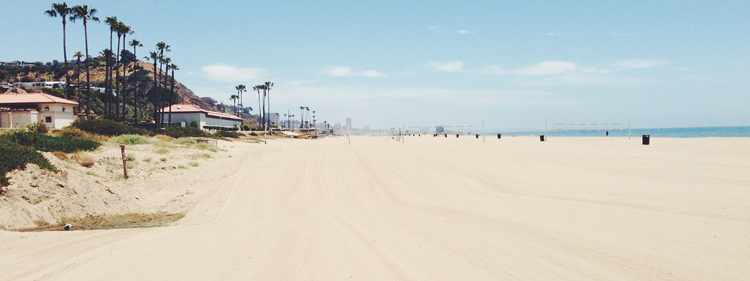Water is a fundamental resource in creating and maintaining functioning societies. A sustainable water supply lies at the core of healthy ecosystems, food security, and developed societies. In many developed areas of the world, water feels secure; however, research projects water supplies to become increasingly scarce and unpredictable in the coming years. Water is quickly becoming a stressed resource throughout the world; by 2025, scientists predict an estimated 1.8 billion people will live in areas where access to water will be stressed and limited. As water supply becomes increasingly insecure, demand is projected to drastically increase.
California is one of the most water affected areas of the United States. Water fuels the booming agricultural economy of this state; therefore, creating effective strategies to create sustainable water supplies is vital. It is important that the state begins to develop water projects such as the Cadiz Water Project, to protect the economy and people from the effects of water scarcity.

California’s Agricultural Economy and Population Feel the Effects of Water Scarcity
California’s economy and culture are shaped by its water supply. The state’s watersheds and infrastructure support a population of 40 million people and an agricultural economy that produces $47 billion of cash flow. The state’s water needs continue to increase as the population grows at .9% each year and droughts plague the farms responsible for the state’s booming economy. Ensuring a reliable water source is imperative for California residents as well as the strength of the state’s agricultural economy.

California’s Water Infrastructure
California has one of the most complex and involved hydrologic infrastructures in the world. A combination of aqueducts, aquifers, and water basins collect and transport water throughout the state. The majority of California’s surface water supply comes from snowmelt in the Northern part of the state; however, the majority of the water supply need comes from the south. In order to address this problem, California has built an extensive and sophisticated water delivery system that moves water from its origin in the North all the way to the Southern border. Housing two of the largest water projects in the world, The State Water Project, and Central Valley project, along with an expansive series of water basins, California’s complex water systems irrigate the state’s farms and bring water to residents.

Due to many drought-plagued years, the state has developed an increasing reliance on groundwater wells. In a normal year, the state would source only 40% of its water supply from groundwater aquifers; however, in the past couple of years, the state has increased groundwater usage to 60%. This puts pressure on the state to develop more sustainable systems for using water systems.
Water is a scarce resource; its use and supply pose one of the greatest dilemmas in modern society. California and other water-stressed areas will have to determine effective strategies for creating a sustainable water supply that provides water to the population without damaging the environment.
